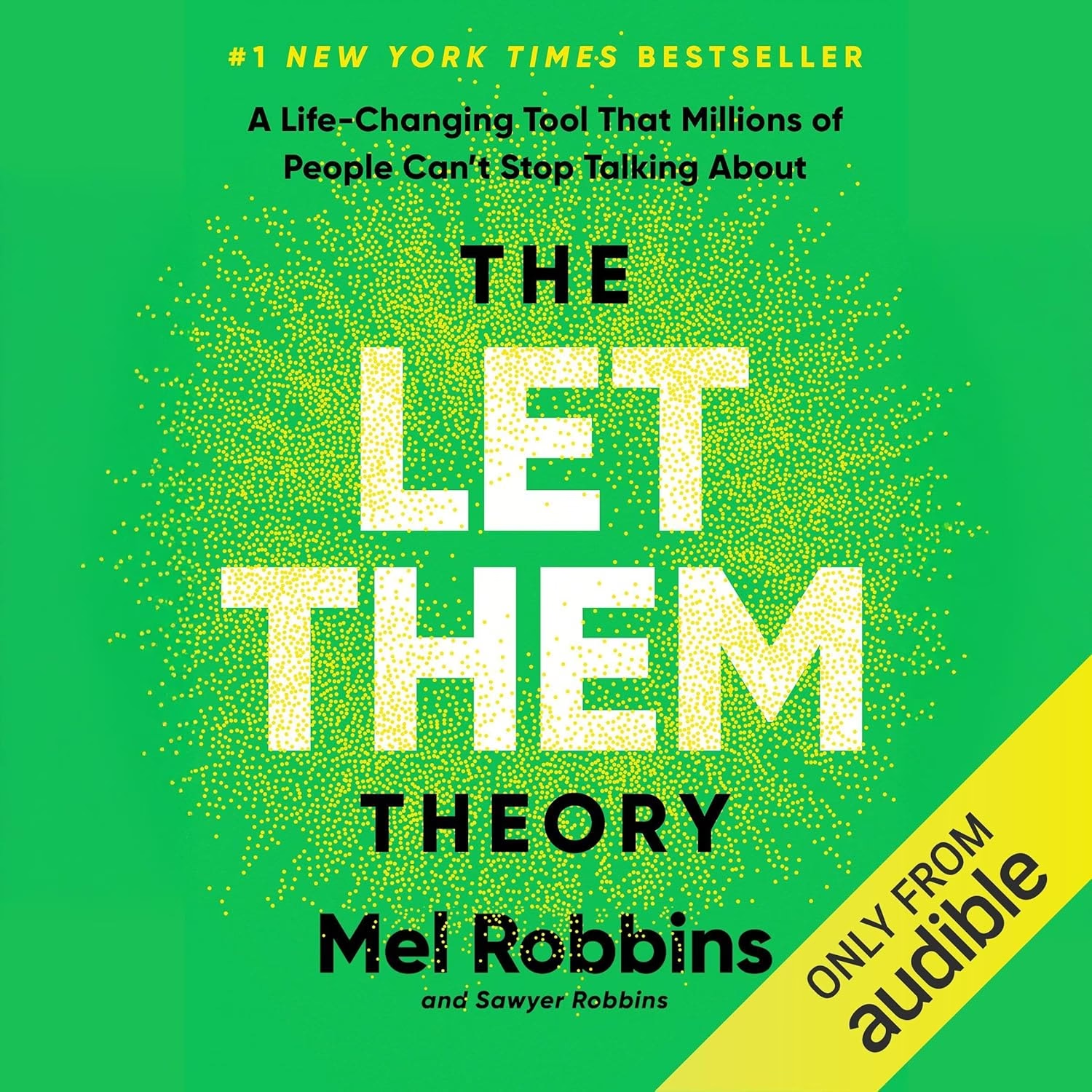![]() “Hmm, this must be a knock-off of Eat, Pray, Love,” I thought when I received Women, Food and God. I imagined it would be a fun beach read, focusing on a woman’s escapades at cooking school over an adventurous summer in Italy or maybe France. My own longing for immersion into continental cuisine may have inspired this notion because, in fact, it was pure projection. My first impression had absolutely nothing to do with the content of this book.
“Hmm, this must be a knock-off of Eat, Pray, Love,” I thought when I received Women, Food and God. I imagined it would be a fun beach read, focusing on a woman’s escapades at cooking school over an adventurous summer in Italy or maybe France. My own longing for immersion into continental cuisine may have inspired this notion because, in fact, it was pure projection. My first impression had absolutely nothing to do with the content of this book.
Geneen Roth’s new book is neither summer pap nor a romantic twist on a female adventure. It is a serious, in-depth exploration of overcoming compulsive eating.
Although Oprah has taken this book to heart and devoted an entire show to it, it is very similar to Roth’s other works. The author continues to impart wisdom from her own food struggles and recovery and from studying and pursuing emotional/psychological health over the past three decades. Roth has written many books focusing on women’s physical and psychological health as it relates to food. Some of her most well-known titles include When Food is Love and The Hungry Heart.
This genre may best be suited for those interested in dedicating thoughtful inquiry and reflection into their reading experience. Readers who are interested in issues of self-esteem and body image may also find this work meaningful. While I thought to myself, “I need some potato chips for this” when I read Roth’s lines, “I turned to Hostess Sno Balls the same year I gave up on God. I was eleven years old and had been praying nightly for thick hair and a boyfriend, but mostly for my parents to stop screaming at each other.” This genre is not for everyone.
The text is divided into three sections: “Principles,” “Practices” and “Eating.” In “Principles,” Roth discusses the history of her abusive relationship with food and spiritual growth. She also conveys many examples of personal and anguished anecdotes from clients attending her compulsive eating retreats.
In “Practices,” Roth expands upon her utilization of meditation and the power of our minds. In this short, four-chapter section, Roth teaches the reader about inquiry. This is an interesting section in which she asks the reader to think about differentiating what they are feeling from what they think they should be feeling. This is a thought-provoking process which Roth illuminates with examples from her semi-annual retreats. As a part of this practice, Roth tells her students (and readers) that they need to remember two things: to eat what they want when they’re hungry and to feel when they’re not.
In “Eating,” Roth continues to pull from religious traditions such as Sufism to guide her readers toward practices and beliefs that liberate them from food addiction and guide them toward a rich life in which food sustains rather than consumes them. The crux is eating with awareness. Listen to your body; as Roth puts it, “When I first realized how simple it was to end the compulsion with food — eat what your body wants when you’re hungry, stop when you’ve had enough — I felt as if I had popped out of life as I knew it and suddenly found myself in another galaxy.”
Roth started to eat what she wanted and quickly realized she was able to able to eat foods that had been “forbidden” on many of her diets. However, after coming to terms with her emotions and beliefs, her body told her it needed nurturing and nutrition — not sugary snacks and bags of potato chips.
Does Roth teach her readers useful lessons? Yes. Be present, truly feel your feelings, trust yourself and treat yourself as you would a child, with love and kindness.
This post originally appeared on my former blog, StyleSubstanceSoul.




I wanted to tell Tiffany that I loved seeing her familiar face in Style Substance Soul and enjoyed reading her article.